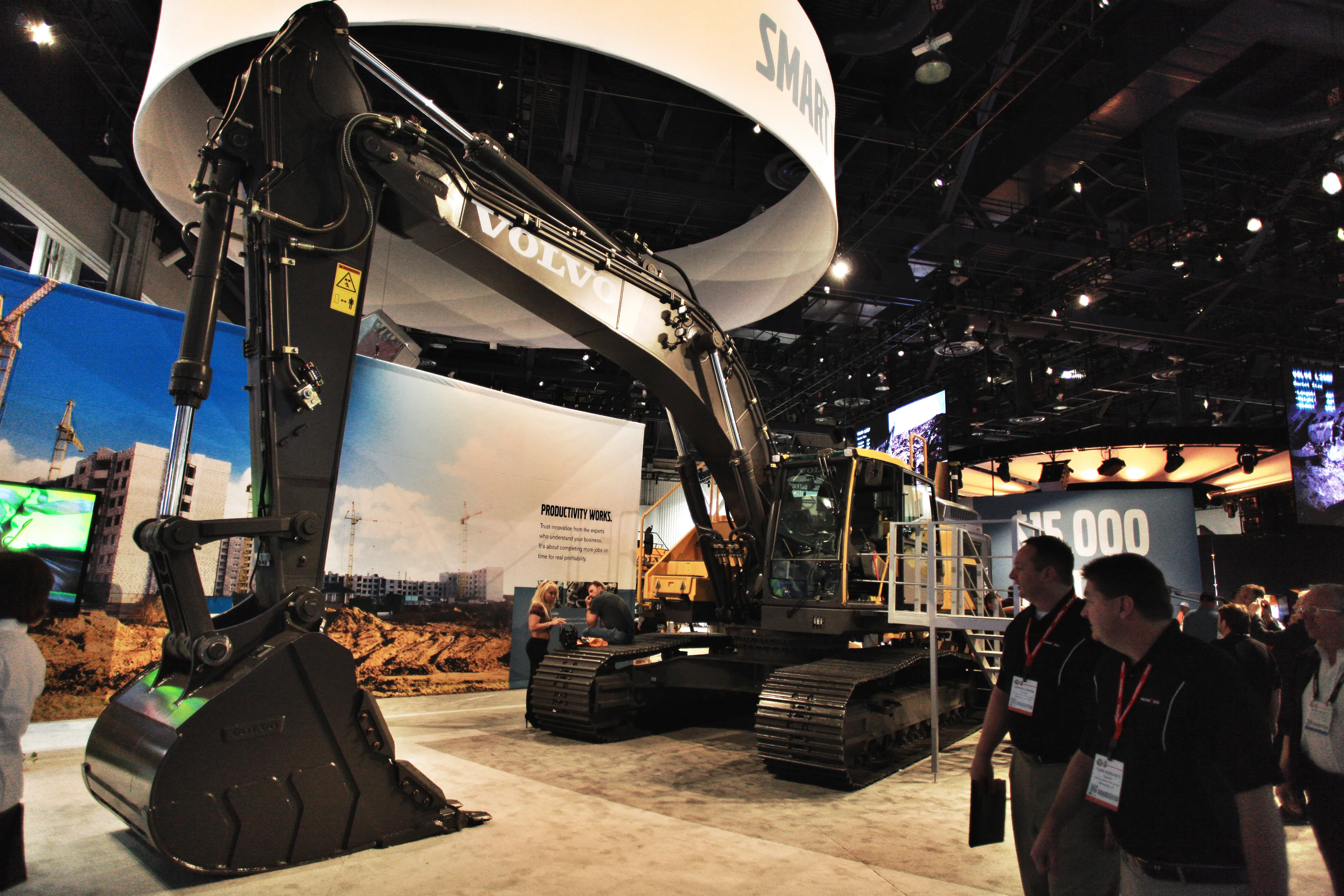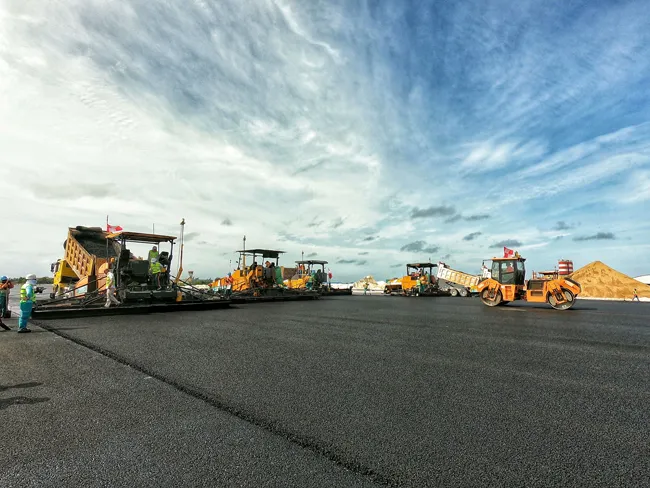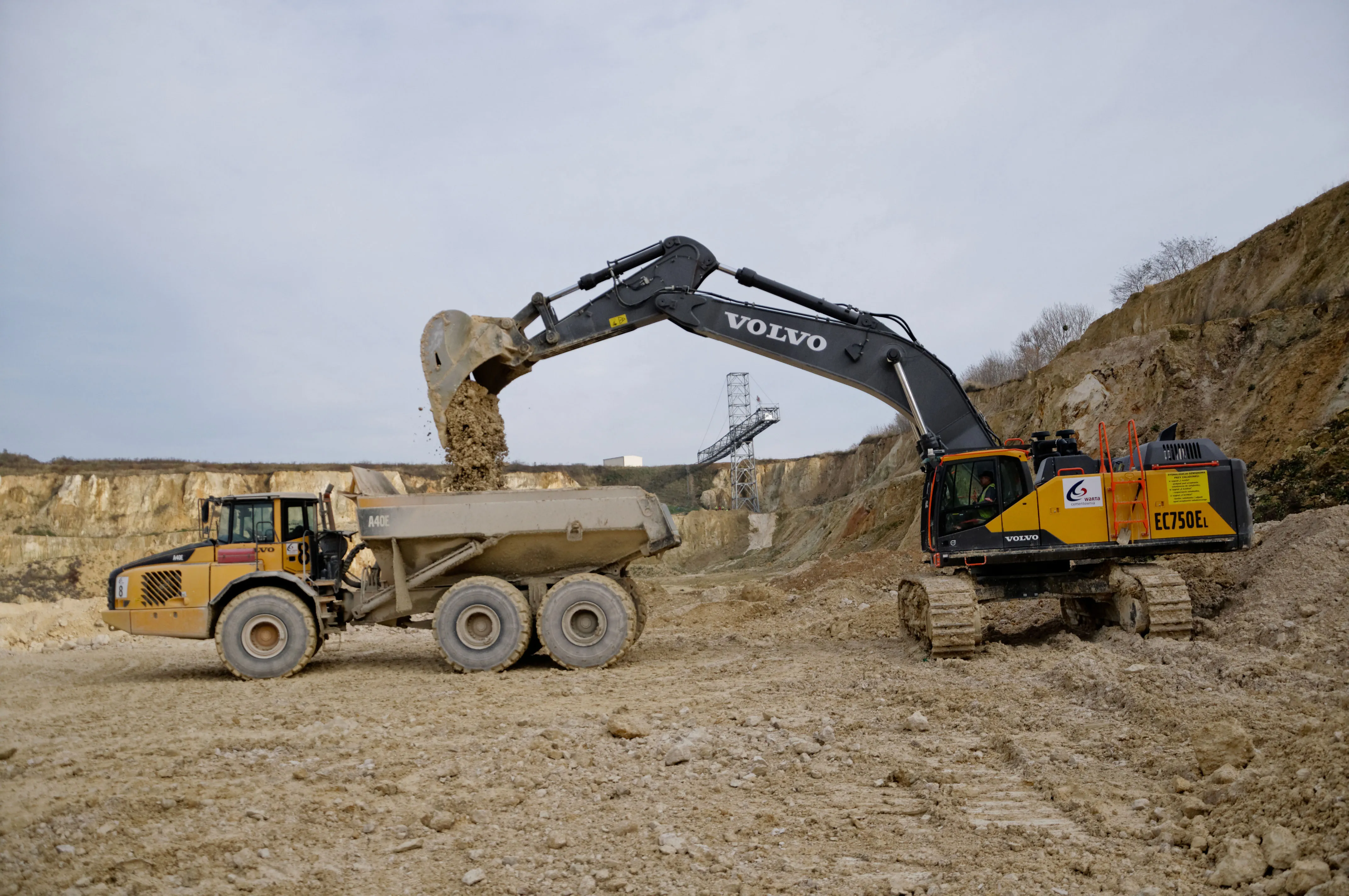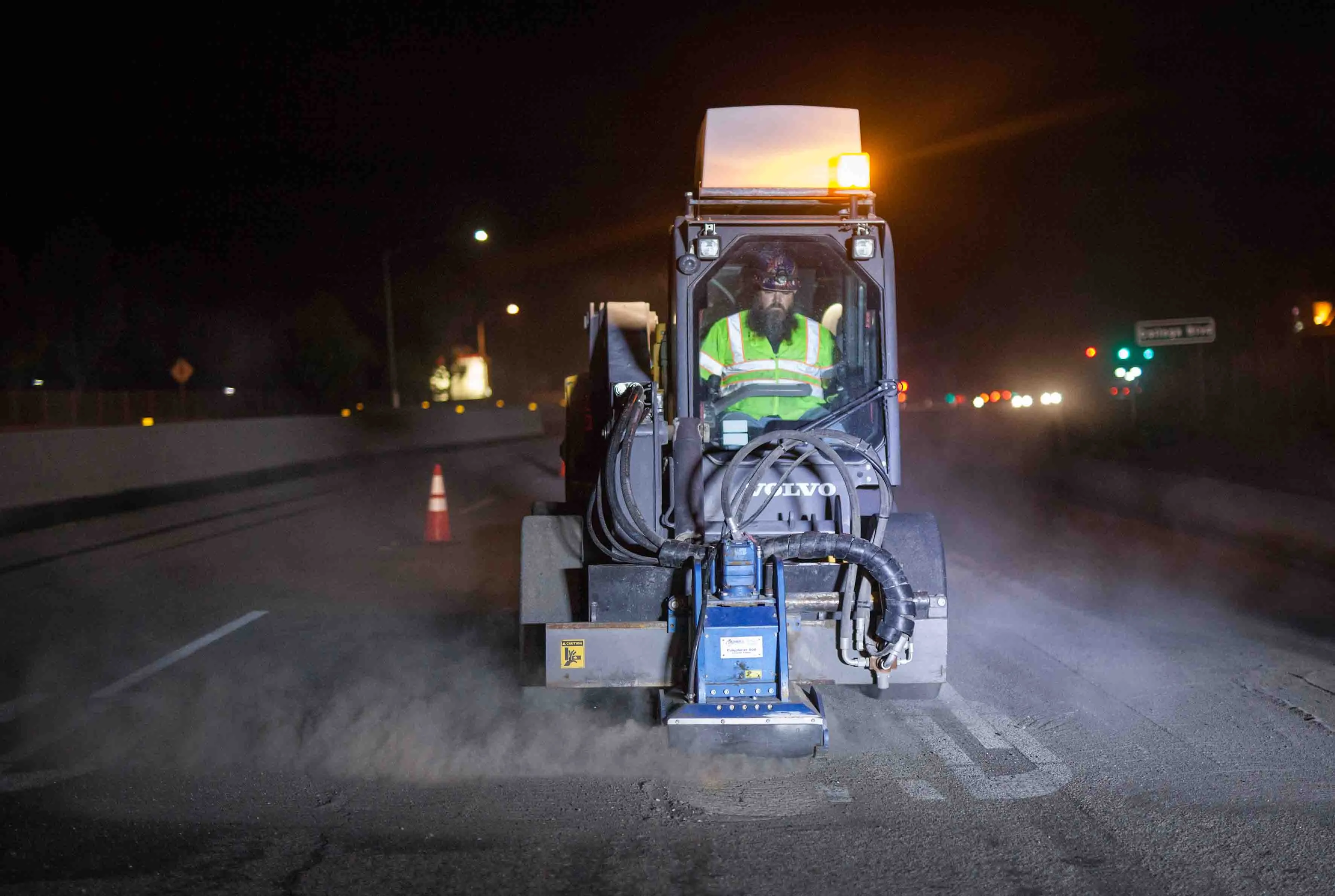The first plane has already landed at the new airport built on the remote island of St Helena - with the help of machines from Volvo CE. Flights are now landing regularly on St Helena, one of the most remote inhabited islands in the world, a decade after the airport was announced. The first aircraft to use the new facility was a Beechcraft King Air 200, having flown from Johannesburg, South Africa, refuelling in Angola for the four-and-a-half hour flight across the Atlantic.
The Beechcrft King Air come
June 7, 2016
Read time: 2 mins
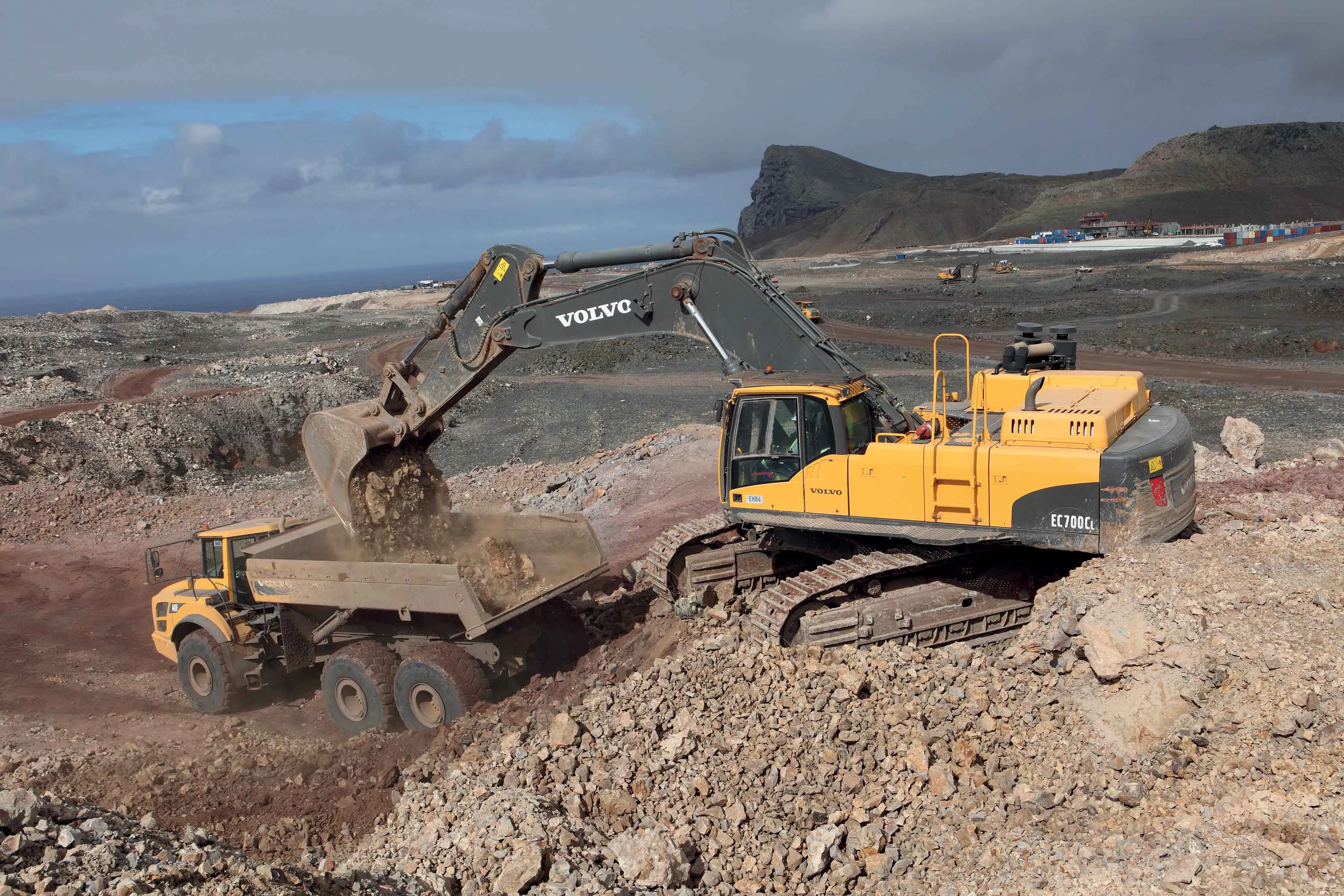
The first plane has already landed at the new airport built on the remote island of St Helena - with the help of machines from 359 Volvo CE
Flights are now landing regularly on St Helena, one of the most remote inhabited islands in the world, a decade after the airport was announced. The first aircraft to use the new facility was a Beechcraft King Air 200, having flown from Johannesburg, South Africa, refuelling in Angola for the four-and-a-half hour flight across the Atlantic.
The Beechcrft King Air comes in to land on the runway, built by a fleet of Volvo CE machines. The test flight ends 500 years of isolation for St Helena, set in the middle of the South Atlantic Ocean and until now only accessible by sea. Its only lifeline to the outside world were the monthly visits of RMS St Helena, a British Royal Mail ship, soon to be decommissioned, which sails up from South Africa.
Built by South African construction giant Basil Read, the airport on St Helena will open to commercial flights later this month. The company had to bring in all of the construction equipment by sea and the first machine to drive on to the island was a Volvo G940B motor grader. Another 65 Volvo units later followed, including EC700C crawler excavators, A40F-FS and A30E articulated haulers, EW140C wheeled excavators, DD24 and SD200DX compactors, EC380 and EC480 crawler excavators, and an MC115C skid steer loader, as well as more motor graders.
Basil Read’s Island director Deon De Jager and his wife Chrezelda were among those welcoming the test flight, witnessed by hundreds of islanders who had gathered to watch the historic landing.
Flights are now landing regularly on St Helena, one of the most remote inhabited islands in the world, a decade after the airport was announced. The first aircraft to use the new facility was a Beechcraft King Air 200, having flown from Johannesburg, South Africa, refuelling in Angola for the four-and-a-half hour flight across the Atlantic.
The Beechcrft King Air comes in to land on the runway, built by a fleet of Volvo CE machines. The test flight ends 500 years of isolation for St Helena, set in the middle of the South Atlantic Ocean and until now only accessible by sea. Its only lifeline to the outside world were the monthly visits of RMS St Helena, a British Royal Mail ship, soon to be decommissioned, which sails up from South Africa.
Built by South African construction giant Basil Read, the airport on St Helena will open to commercial flights later this month. The company had to bring in all of the construction equipment by sea and the first machine to drive on to the island was a Volvo G940B motor grader. Another 65 Volvo units later followed, including EC700C crawler excavators, A40F-FS and A30E articulated haulers, EW140C wheeled excavators, DD24 and SD200DX compactors, EC380 and EC480 crawler excavators, and an MC115C skid steer loader, as well as more motor graders.
Basil Read’s Island director Deon De Jager and his wife Chrezelda were among those welcoming the test flight, witnessed by hundreds of islanders who had gathered to watch the historic landing.


